Looking for Somewhat Invasive Perennials
kurchian
15 years ago
Related Stories

GARDENING GUIDESDo You Have This Invasive Plant in Your Yard?
Garlic mustard is spreading across the U.S. Here’s how to spot it and what to do
Full Story
PLANTING IDEASWant a More Colorful, Natural Garden? Try a Perennial Meadow
Spend less time tending and more time taking in the sights by improving on Victorian and prairie garden designs
Full Story
GARDENING GUIDESTop 12 Summer-Blooming Perennials for Deer-Resistant Drama
Can you have garden color, fragrance and exciting foliage with hungry deer afoot? These beauties say yes
Full Story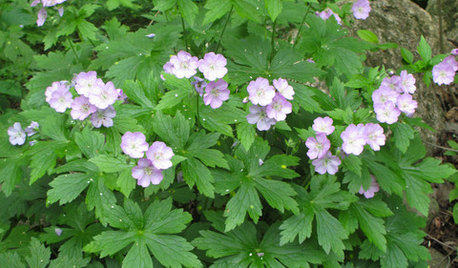
NATIVE PLANTS10 Essential Native Perennials for the Great Lakes and Upper Midwest
These adaptable native plants thrive in a variety of conditions and will provide flowers throughout the season
Full Story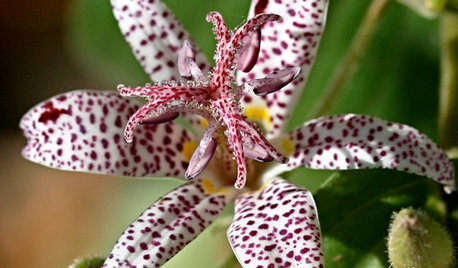
SUMMER GARDENING10 Perennials to Extend Your Garden's Summer Color
Revive summer-weary gardens with outstanding late bloomers such as toad lily, Russian sage, blanket flower and more
Full Story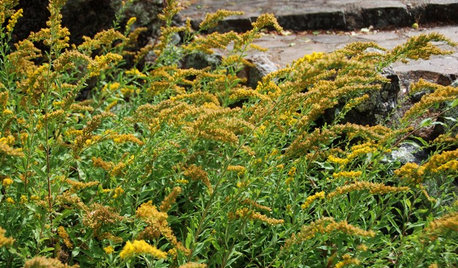
GARDENING GUIDES6 Native Goldenrods Worth a Second Look
Goldenrod gets a bad rap as being aggressive, but these more mannerly choices offer a bunch of benefits
Full Story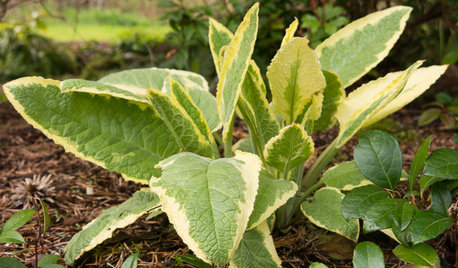
GARDENING GUIDESGreat Design Plant: Axminster Gold Comfrey for Sun or Shade
Plant this perennial for bold color that will light up shady spots, sparkle in the sun and add interest from spring until fall
Full Story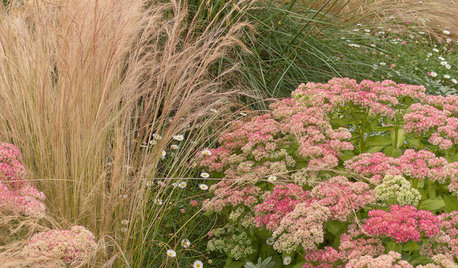
GARDENING GUIDESGreat Garden Combo: 3 Soft-Looking Plants for a Dry Climate
Weave a romantic tapestry with this drought-tolerant combination of plants as tough as they are lovely
Full Story
WINTER GARDENING6 Reasons I’m Not Looking Forward to Spring
Not kicking up your heels anticipating rushes of spring color and garden catalogs? You’re not alone
Full Story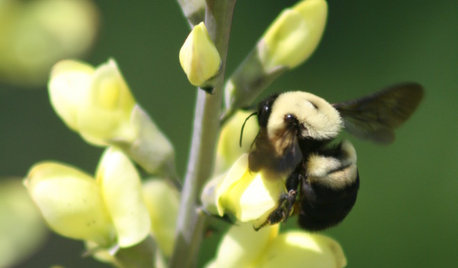
GARDENING GUIDESGreat Native Plant: Baptisia
Bring beneficial bee pollinators with this drought-tolerant perennial that looks like a shrub and acts like a flower
Full Story



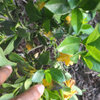
fondaflowers
ghoghunter
Related Discussions
Invasive, but beautiful annuals/tender perennials
Q
Your favorite non-invasive rose companion perennial?
Q
Salvia 'Black and Blue' Perennial, Annual or Invasive in Zone 7?
Q
Are these native perennials going to be invasive at all?
Q
MollyDog
rusty_blackhaw
a2zmom_Z6_NJ
Nancy
Happy2BeeME
alina_1
gardengirl_17
minflick
aftermidnight Zone7b B.C. Canada
lindac
Fledgeling_
anitamo
gldno1
mad_gallica (z5 Eastern NY)
aachenelf z5 Mpls
msfitznham
oldroser
Donna
anna_beth
aezarien
gardenscout
anna_beth
webkat5
sjmarq
kurchianOriginal Author
jazzmom516 (Zone 6b, MA)
Jessallyn
Lisa_H OK
prairiemoon2 z6b MA
WendyB 5A/MA
ankh
faerycat
webkat5
nancyd
katyrose
echinaceamaniac
margay
arbo_retum